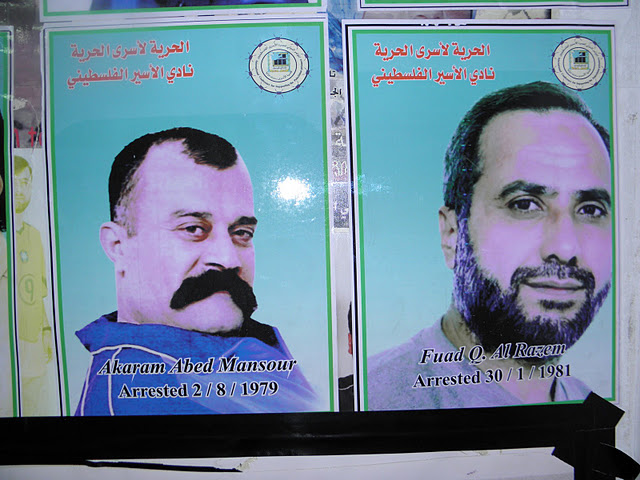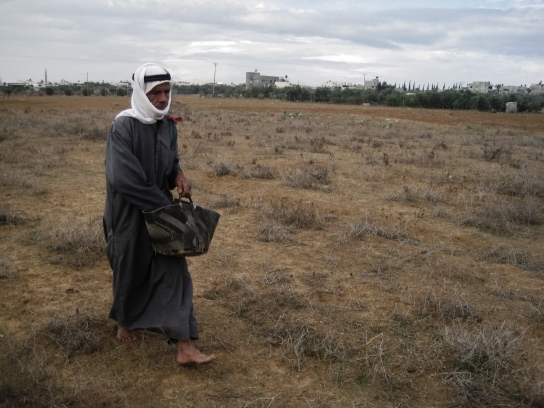Month: November 2011
-
An interview with Amer Ahmad Al-Qwasmah, former prisoner
by Alistair George 23 November 2011 | International Solidarity Movement, West Bank Amer Ahmad Al-Qwasmah, 45, was released on 18 October 2011 as part of the prisoner exchange deal that saw 477 Palestinian prisoners (with 550 to be released at a further time, thought to be in December) in exchange for Gilad Shalit, the Israeli…
-
Demolition threats continue in Imnzeizil
by Aida Gerard 21 November 2011 | International Solidarity Movement, West Bank On the same morning when an official from the ICA, Israeli Civil Administration, promised to “pardon” the demolition orders of the solar panels in Imneizil, a village at the southern border of the West Bank, a new demolition order was delivered to the village…
-
Sowing wheat in Israel’s kill zone
by Radhika Sainath 22 November 2011 | Notes from Behind the Blockade One need not be an agronomist to know that its been a long time since the farmers of Khuza’a, Gaza have tended to their land near the border. When we arrived on Friday, the densely packed soil formed small hills with alien, ridged,…



